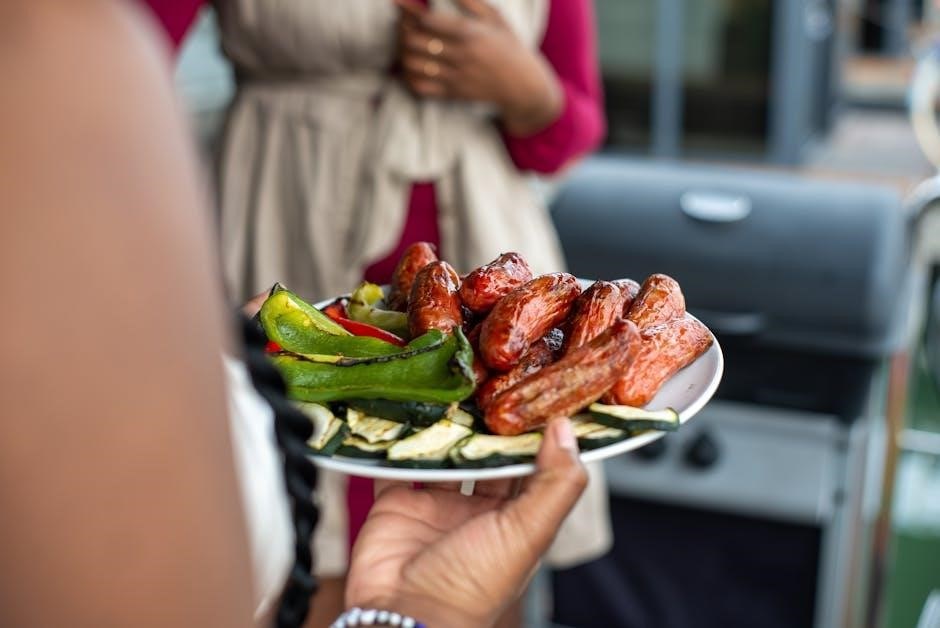Outdoor kitchen plans provide comprehensive guides for creating functional and stylish alfresco cooking spaces. With downloadable PDFs offering design inspiration, material lists, and step-by-step instructions, these plans cater to both DIY enthusiasts and professionals alike. They ensure durability, aesthetics, and optimal use of space, making them essential for any outdoor kitchen project.
Why Consider Building an Outdoor Kitchen?
Building an outdoor kitchen enhances your outdoor entertaining experience, expanding your living space and creating a hub for social gatherings. It allows for seamless cooking and dining alfresco, combining functionality with aesthetic appeal. An outdoor kitchen can significantly increase your property’s value while providing a versatile space for hosting events. Additionally, it offers the convenience of having essential appliances and amenities outside, reducing indoor traffic during parties. With durable materials and thoughtful design, an outdoor kitchen can withstand various weather conditions, ensuring long-term enjoyment. Whether you’re a DIY enthusiast or hiring professionals, an outdoor kitchen adds charm, practicality, and lasting value to your home, making it a worthwhile investment for any homeowner.
Overview of Outdoor Kitchen Plans PDF
Outdoor kitchen plans in PDF format offer detailed blueprints and guides to help you construct a functional and stylish outdoor cooking space. These documents typically include step-by-step instructions, material lists, and design layouts to suit various configurations, such as straight, L-shape, or U-shape setups. Many PDF plans are customizable, allowing you to adapt designs to your specific needs and backyard space. They often feature tips on choosing materials, incorporating appliances, and maximizing space efficiency. Whether you’re a DIY enthusiast or a professional, these plans provide a clear roadmap to building an outdoor kitchen that enhances your home’s value and entertainment potential. Additionally, they highlight common mistakes to avoid, ensuring a smooth and successful project execution.
Popular Outdoor Kitchen Configurations
Outdoor kitchens often feature straight, L-shape, or U-shape layouts, each offering unique space efficiency, functionality, and visual appeal. These configurations are customizable to fit various backyard sizes and entertainment needs.
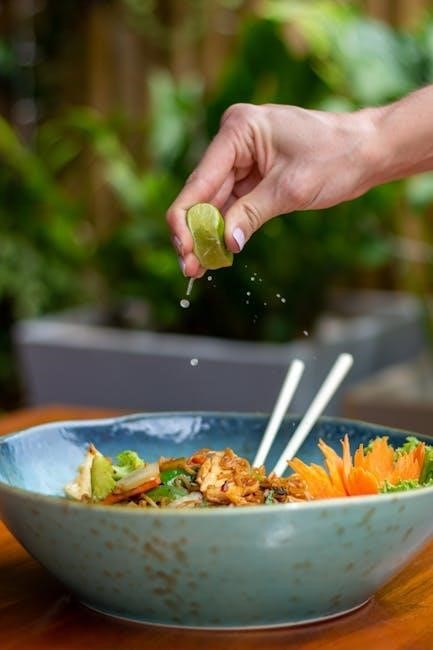
Straight Configuration
The straight configuration is one of the most popular outdoor kitchen layouts, offering simplicity and efficiency. It features a linear design with all components arranged in a single line, making it ideal for smaller spaces or backyard areas with limited width. This setup often includes a grill, counter, and storage units aligned horizontally, creating a streamlined workflow. Its space-saving design allows for easy installation and minimizes the need for complex plumbing or electrical work. The straight configuration is perfect for homeowners seeking a functional yet unobtrusive outdoor cooking area. It also provides ample opportunities for customization, allowing you to incorporate essential appliances and materials while maintaining a sleek, modern aesthetic.
L-Shape Configuration
The L-shape configuration is a versatile and practical layout for outdoor kitchens, offering excellent space utilization and workflow efficiency. This design features two adjacent countertops and appliances arranged at a right angle, creating a corner setup that maximizes functionality. It allows for a dedicated grill station, ample counter space, and easy access to essential appliances like sinks or refrigerators. The L-shape is ideal for medium-sized yards, providing a balance between aesthetics and practicality. It also allows for seamless integration of seating areas, making it perfect for entertaining guests. With customizable options for materials and design, the L-shape configuration is a popular choice for homeowners seeking a modern, functional outdoor cooking space that enhances their backyard’s appeal.
U-Shape Configuration
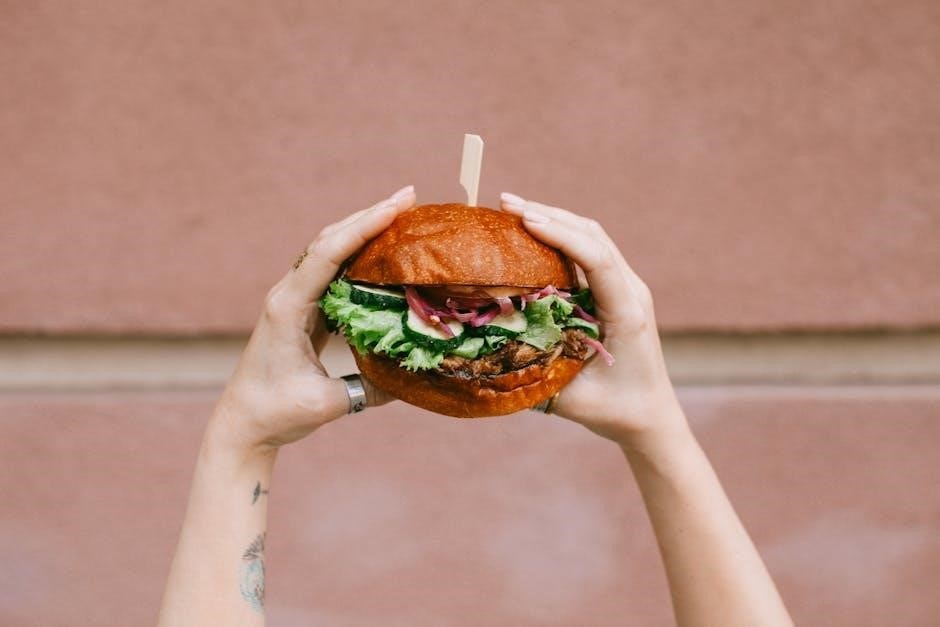
The U-shape configuration is a popular choice for outdoor kitchens, offering ample counter space and storage solutions. This layout features three sides, with appliances and countertops arranged in a ‘U’ formation, creating a central cooking zone. It is ideal for larger yards, providing a functional and ergonomic design that enhances workflow. The U-shape configuration often includes a grill, sink, and storage units, making it perfect for serious outdoor cooking and entertaining. Its enclosed design helps contain heat and smoke while keeping the cooking area organized. This configuration is highly customizable, allowing homeowners to tailor it to their specific needs and preferences, ensuring a balance between functionality and aesthetics for a modern outdoor kitchen setup.
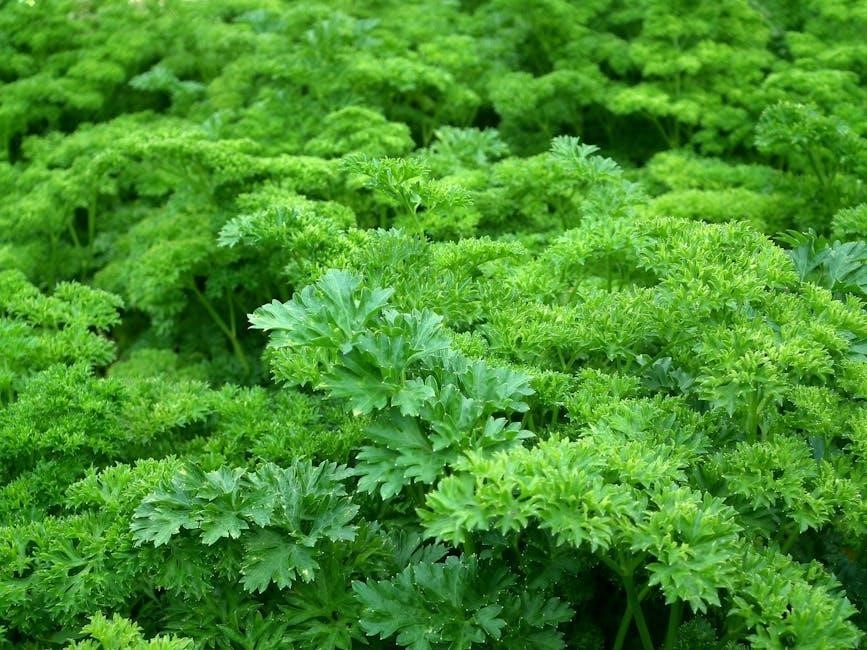
Key Design and Planning Considerations
Maximizing stability, utilizing materials effectively, and avoiding common mistakes are crucial for a successful outdoor kitchen. Proper planning ensures durability, functionality, and aesthetic appeal in your design.

Layout and Space Utilization
Effective layout and space utilization are critical for a functional outdoor kitchen; Start by assessing your yard’s dimensions and identifying the best configuration—straight, L-shape, or U-shape—to maximize space. Consider the workflow, ensuring appliances and counters are strategically placed to minimize movement. Incorporate zones for cooking, preparation, and storage to enhance efficiency. Use vertical space with wall-mounted tools or shelves to save ground area. Ensure adequate clearance for doors, drawers, and pathways to avoid congestion. Plan for seating and dining areas if entertaining is a priority. Utilize multi-functional elements, like a grill with a side burner or a sink with storage, to optimize your design. Refer to outdoor kitchen plans PDFs for precise measurements and layouts tailored to your space.
Choosing the Right Materials
Choosing the right materials for your outdoor kitchen is essential for durability and aesthetics. Durable options like natural stone, concrete, and stainless steel are ideal for withstanding harsh weather conditions. Granite and heat-resistant countertops are popular for their resilience to high temperatures and spills. Weather-resistant woods, such as teak or cedar, can add a rustic charm while maintaining durability. Metal frames and recycled materials are also great for sustainability and modern designs. Consider low-maintenance options like porcelain or ceramic tiles for flooring and walls. Always ensure materials are weatherproof and UV-resistant to withstand outdoor elements. Refer to outdoor kitchen plans PDFs for recommendations on material combinations that balance functionality, style, and budget.
Incorporating Essential Appliances
Incorporating essential appliances is crucial for a functional outdoor kitchen. A high-quality grill or commercial-grade grill is often the centerpiece, offering ample cooking space and advanced features. Refrigerators, ice makers, and sinks are also must-haves for convenience and efficiency. Outdoor-rated appliances are designed to withstand weather conditions, ensuring longevity. Consider adding a pizza oven or smoker for versatility in cooking options. Proper placement of appliances ensures a smooth workflow, while weatherproof covers protect them during off-seasons. Outdoor kitchen plans PDFs often include recommendations for appliance combinations that enhance functionality and aesthetic appeal. Ensure your design balances practicality with style to create an inviting outdoor cooking space.
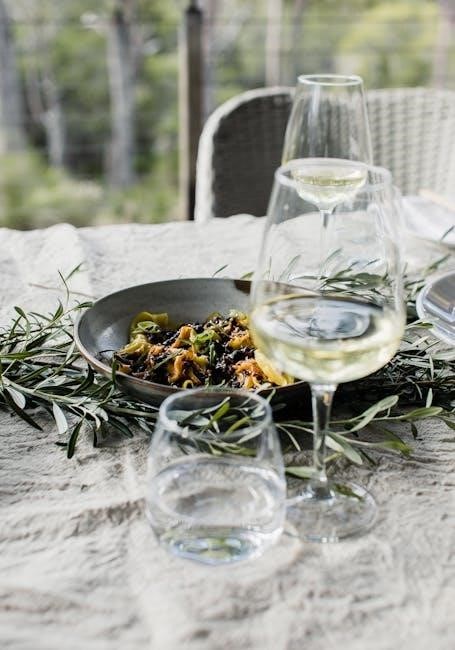
Tools and Materials Needed
Essential tools include gloves, chisel, mallet, stakes, line, and caulking gun. Materials like stone and concrete adhesive ensure stability and durability for your outdoor kitchen structure.
Stone and Concrete Adhesive
Stone and concrete adhesive is a critical component for constructing durable outdoor kitchen structures. It ensures a strong bond between stone, concrete, and other masonry materials, providing long-lasting stability. When used with pins, it maximizes the structure’s durability, especially in outdoor settings exposed to weather conditions. High-quality adhesives are resistant to moisture, heat, and freezing temperatures, making them ideal for alfresco kitchens. Proper application requires a clean, dry surface, and tools like notched trowels or caulking guns can help achieve a uniform spread. Always follow manufacturer instructions for mixing and curing times to ensure optimal results. Investing in the right adhesive guarantees a sturdy and weather-resistant foundation for your outdoor kitchen.
- Ensures strong bonds between materials.
- Weather-resistant and durable.
- Essential for outdoor kitchen stability;
Using high-quality adhesives is a cornerstone of successful outdoor kitchen construction.
Gloves, Chisel, and Mallet
Gloves, a chisel, and a mallet are essential tools for constructing an outdoor kitchen. Gloves protect your hands from cuts and abrasions while handling sharp materials like stone and metal. A chisel is vital for carving, shaping, or adjusting stone and concrete surfaces, ensuring precise cuts and fits. The mallet, often used alongside the chisel, provides controlled force for tapping and fitting materials without causing damage. Together, these tools are indispensable for achieving professional-looking results. They are particularly important when working with stone and concrete adhesive, as they help in refining edges and securing components. Proper use of these tools ensures safety and precision, making them a must-have for any outdoor kitchen project.
Investing in high-quality gloves, a durable chisel, and a sturdy mallet will streamline your construction process.
Stakes, Line, and Caulking Gun
Stakes, line, and a caulking gun are crucial tools for constructing an outdoor kitchen. Stakes and line help in marking out the layout, ensuring accurate measurements and alignment. This step is vital for achieving a professional-looking finish. The caulking gun is used to apply adhesive and sealants, essential for bonding stone and concrete surfaces securely. Proper sealing prevents water infiltration and enhances durability. Together, these tools ensure structural integrity and long-lasting results. Always use a level to check alignments and consider applying a bead of adhesive before securing components. High-quality stakes, durable line, and a reliable caulking gun are indispensable for a successful project. They help in creating a stable and weather-resistant outdoor kitchen setup.
Using these tools correctly ensures precision and durability in your outdoor kitchen construction.
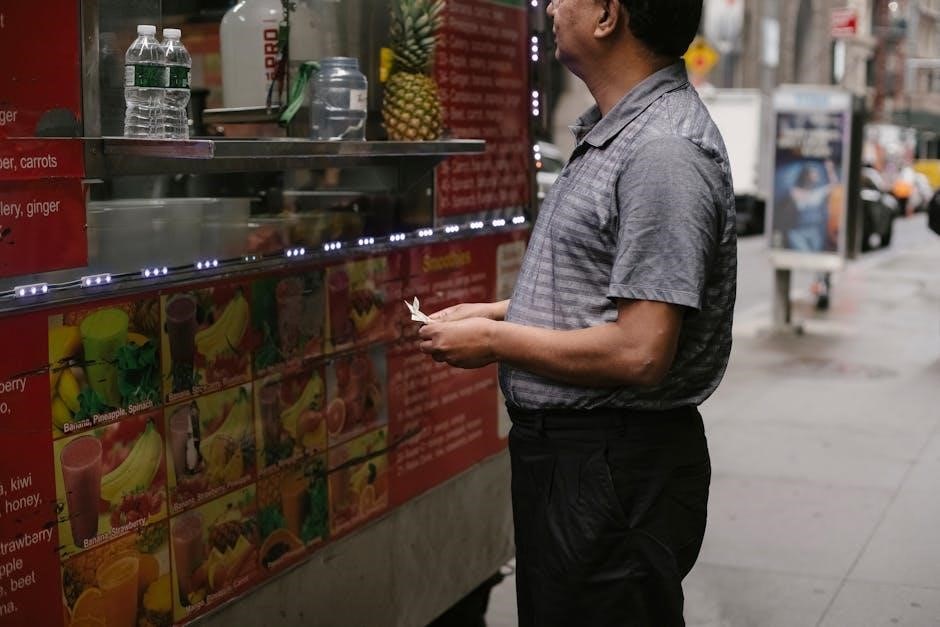
Design Tips for Outdoor Kitchens
Designing an outdoor kitchen involves balancing functionality and aesthetics. Plan for optimal workflow, integrate weather-resistant materials, and ensure seamless transitions between indoor and outdoor spaces for a cohesive look.
Maximizing Stability and Durability
Maximizing stability and durability is crucial for outdoor kitchens, as they endure harsh weather conditions and heavy use. Using high-quality materials like weather-resistant stones and concrete adhesive ensures a sturdy foundation. Proper installation techniques, such as securing structures with pins and applying caulking, prevent shifting and damage over time. Durable finishes and regular maintenance are essential to withstand outdoor elements.
Reinforcing the base with strong adhesives and ensuring even surfaces minimizes the risk of structural issues. Incorporating weatherproof appliances and sealed storage solutions further enhances longevity. By prioritizing stability and durability, your outdoor kitchen remains functional and visually appealing for years to come.
Incorporating Aesthetics and Functionality
Incorporating aesthetics and functionality into your outdoor kitchen design ensures a space that is both visually appealing and practical. Start by selecting materials that complement your home’s exterior, such as natural stone or weather-resistant wood, to create a cohesive look. Consider the layout to ensure a smooth workflow between cooking, preparation, and dining areas. Adding decorative elements like lighting, plants, or glass dividers can enhance the ambiance while maintaining usability. Functionality is key, so prioritize appliances and storage solutions that fit your lifestyle. By blending style with purpose, your outdoor kitchen becomes a beautiful and functional extension of your living space, perfect for entertaining and everyday use.
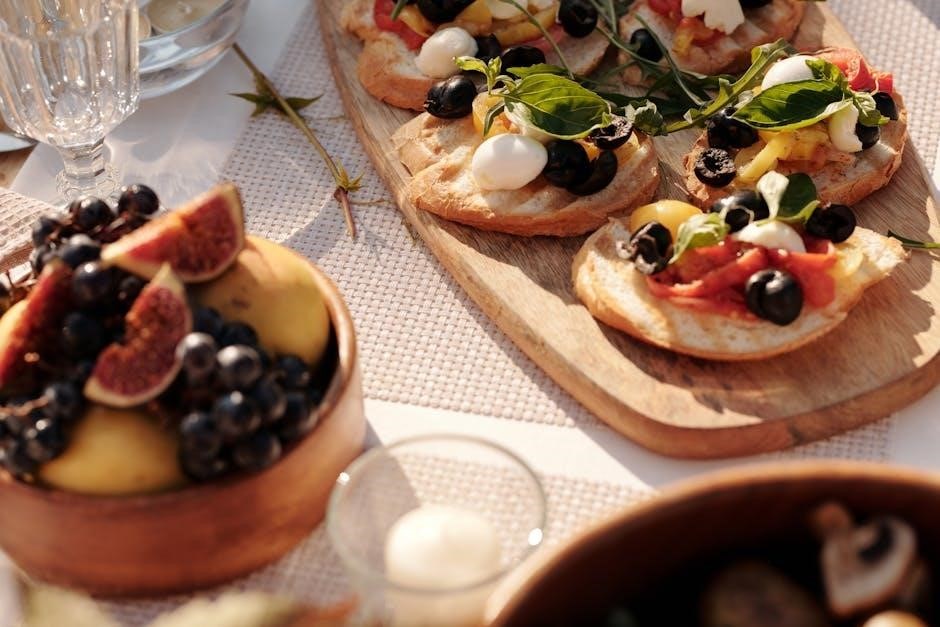
Common Mistakes to Avoid
When designing an outdoor kitchen, it’s crucial to avoid common mistakes that can compromise functionality and aesthetics. One major error is poor layout planning, which can lead to inefficient workflows. Ensure adequate space between appliances and countertops for comfortable movement. Another mistake is choosing materials that don’t withstand outdoor conditions, such as using wood that isn’t weather-resistant. Additionally, neglecting to plan for proper drainage and electrical installations can lead to safety hazards. Overlooking the importance of shade or lighting is also a frequent oversight. Finally, many homeowners underestimate the need for long-term maintenance planning, which can increase costs over time. By addressing these issues early, you can create a durable and enjoyable outdoor kitchen space.
Budgeting and Cost Considerations
Budgeting for an outdoor kitchen involves estimating material costs, labor, and long-term maintenance. Plan carefully to avoid overspending and ensure your project stays financially manageable.
Estimating Costs for Materials
Estimating costs for materials is a critical step in planning an outdoor kitchen. Factors like the size of your space, chosen materials, and appliances significantly impact expenses. Concrete, stone, and metal are common materials, with costs varying based on quality and quantity. Appliances, such as grills and sinks, can range from affordable to high-end options. Detailed plans in PDF formats often include material lists, helping you calculate expenses accurately. Free and premium plans offer budgeting guidance, ensuring you allocate resources effectively. Comparing prices from different suppliers and considering long-term maintenance can also help optimize your budget. Proper cost estimation ensures your project stays financially manageable while meeting your design goals.
Planning for Long-Term Maintenance
Planning for long-term maintenance is essential to ensure your outdoor kitchen remains functional and visually appealing over time. Regular cleaning of surfaces, especially after meals, prevents grime buildup. Seasonal inspections of appliances and structures help identify potential issues early. Weather-resistant materials like stone and stainless steel require less upkeep but still benefit from occasional sealing. Budgeting for annual maintenance, such as resealing countertops or replacing worn-out parts, ensures longevity. Proper storage of outdoor furniture during harsh weather conditions also extends its lifespan. Incorporating durable, low-maintenance materials from the start can reduce future upkeep costs. A well-maintained outdoor kitchen not only retains its aesthetic appeal but also continues to be a functional space for years to come.
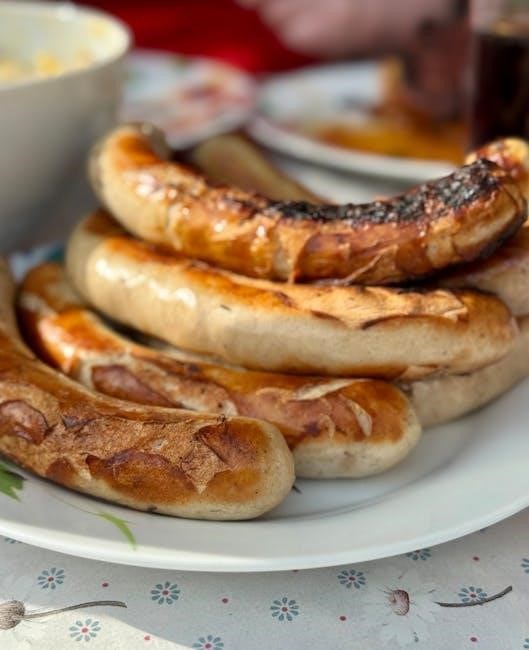
Advanced Features for Outdoor Kitchens
Outdoor kitchens can feature advanced elements like commercial-grade grills, stainless steel cold tables, and glass dividers. Incorporate premium lighting and seating for enhanced functionality and aesthetics.
Commercial-Grade Grill Installation
A commercial-grade grill is a cornerstone of advanced outdoor kitchens, offering superior durability and performance. These grills are designed to withstand heavy use and harsh weather conditions, making them ideal for entertaining large groups. With high BTU output and precision temperature control, they ensure consistent cooking results. Installation requires careful planning, including proper utilities and ventilation setup. Many plans include detailed instructions for integrating these grills seamlessly into your outdoor kitchen design. Advanced features like stainless steel construction and infrared cooking options enhance both functionality and aesthetics. By incorporating a commercial-grade grill, you elevate your outdoor kitchen to a professional-level cooking space, perfect for culinary enthusiasts.
Stainless Steel Cold Table and Glass Dividers
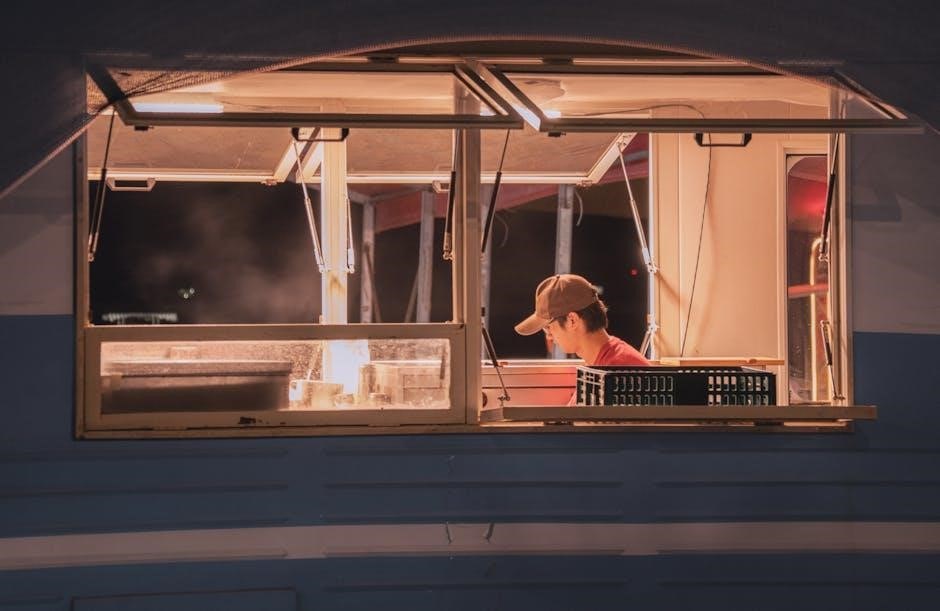
Stainless steel cold tables and glass dividers are sleek additions to modern outdoor kitchens, blending functionality with aesthetics. These elements are ideal for food preparation and presentation, offering a durable, weather-resistant surface. Glass dividers add a contemporary touch, creating a sense of openness while defining different zones within the kitchen. They also provide protection from wind and pests without obstructing views. Many outdoor kitchen plans include these features to enhance entertainment and cooking experiences. Stainless steel’s ease of cleaning and glass’s transparency make them practical choices for outdoor spaces. Together, they elevate the design and usability of your outdoor kitchen, ensuring it remains a stylish and functional hub for years to come.
Outdoor Lighting and Seating Options
Outdoor lighting and seating options are crucial for creating a welcoming and functional alfresco dining area. LED lights, solar-powered lanterns, and string lights are popular choices for illuminating the space while adding ambiance. Seating options range from built-in benches to weather-resistant dining sets, ensuring comfort and style. Incorporating a mix of materials, such as wicker, metal, or recycled plastic, allows for durability and aesthetic appeal. Proper placement of lighting ensures safety and highlights key areas like the grill or dining table. Seating arrangements should encourage social interaction, whether through cozy nooks or expansive layouts. These elements transform the outdoor kitchen into a vibrant entertainment hub, perfect for gatherings and relaxation.
Accessing Outdoor Kitchen Plans
Access outdoor kitchen plans effortlessly through downloadable PDFs, SketchUp files, and CAD designs. Explore free DIY ideas and premium options on platforms like Etsy and specialty websites.
Free DIY Outdoor Kitchen Ideas
Discover a wealth of free DIY outdoor kitchen ideas and plans available online, perfect for inspiring your next project. These resources often include downloadable PDF guides, step-by-step instructions, and design layouts to help you create a functional and stylish outdoor cooking space. From simple grill stations to elaborate configurations, free plans cater to various skill levels and budgets. Explore options like straight, L-shape, or U-shape layouts, and customize them to fit your backyard. With material lists and tips for maximizing space, these ideas make it easier to bring your outdoor kitchen vision to life without breaking the bank.
Premium and Downloadable Plans
Premium and downloadable outdoor kitchen plans offer advanced designs and detailed blueprints for those seeking professional-grade results. These plans often include high-resolution PDFs, SketchUp files, and CAD designs, providing precise measurements and intricate layouts. Available for purchase or download, they cater to homeowners and contractors looking for customizable solutions. Many premium plans feature modern configurations, such as U-shape or L-shape designs, along with material lists and installation guides. Some even include 3D models for better visualization. These plans are ideal for complex projects, ensuring every detail is perfected. With options like commercial-grade grills and luxury finishes, premium plans help create outdoor kitchens that are both functional and visually stunning, tailored to your unique space and preferences.
SketchUp and CAD Files for Custom Designs
SketchUp and CAD files provide detailed blueprints for custom outdoor kitchen designs, offering precise measurements and layouts. These files, available in downloadable formats, allow homeowners and designers to visualize and modify plans to suit specific needs. With 3D models and layered designs, users can explore complex configurations, such as U-shape or L-shape layouts, in depth. Many premium plans include these files, enabling professionals and DIY enthusiasts to create tailored spaces. By using SketchUp and CAD files, individuals can ensure their outdoor kitchen aligns with their unique style and budget, making the design process more efficient and personalized. These resources are invaluable for achieving a bespoke outdoor cooking area.
